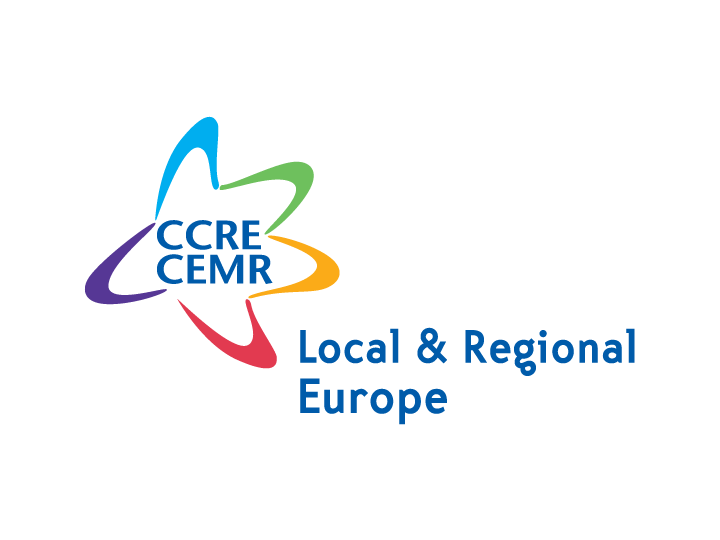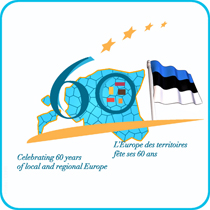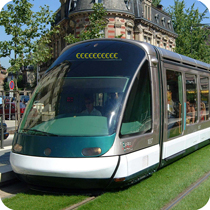Estonian municipalities improving inter-municipal cooperation and communication with citizens
Local authorities in Estonia have the opportunity to improve inter-municipal cooperation and communication with their citizens thanks to a web-based application, called VOLIS, designed to prepare and carry out meetings electronically.
This information system allows local elected representatives to follow meetings over the internet, to make speeches, to vote electronically and to propose amendments to draft legislative texts.
Individual citizens and stakeholders can view sessions or consult documents, as the information and meeting materials are pooled together and made available at all times.
Residents also have the possibility to make inquiries and propose initiatives, thus enhancing participatory democracy at the local level, a principle supported by the Association of Estonian Cities and the Association of Municipalities of Estonia.
Local authorities in Estonia and CEMR
CEMR has two member associations in Estonia: the Association of Estonian Cities (ELL) and the Association of Municipalities of Estonia (EMOVL).
Both ELL and EMOVL have the constitutional right and obligation to take part in the decision-making process at the national and European levels. Together, the associations work to represent the interest of local authorities in terms of the sharing of budgetary funds and taxing rights, known as revenue sharing, vis-à-vis the national government.
The Association of Estonian Cities, which was established in 1920, represents 48 local authorities, including all of Estonia's larger cities, which represents a total of two-thirds of the country's population. It is currently presided over by Taavi Aas, the deputy mayor of Tallin.
Established in 1921 and presided over by Jüri Landberg, member of the Rakvere City Council, the Association of Municipalities of Estonia has 136 members and represents most of Estonia's rural municipalities.
Local government in Estonia
Estonia is a unitary state composed of 193 rural municipalities (vald) and 33 cities (linn).
rn

Climate, Sustainable Finance Officer





